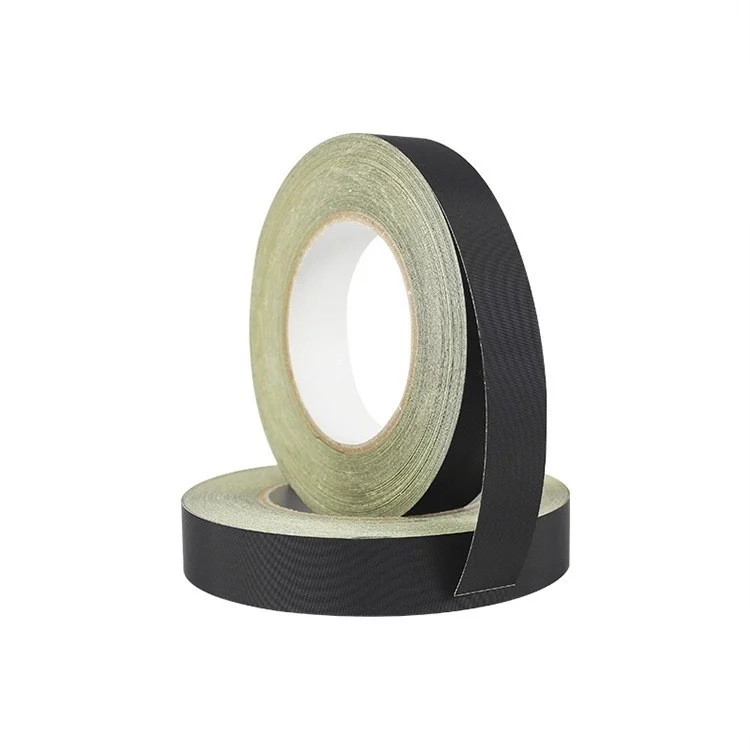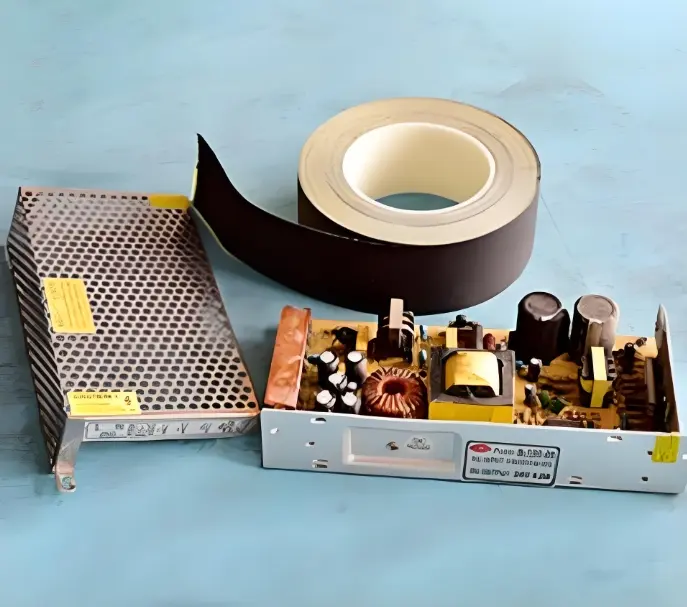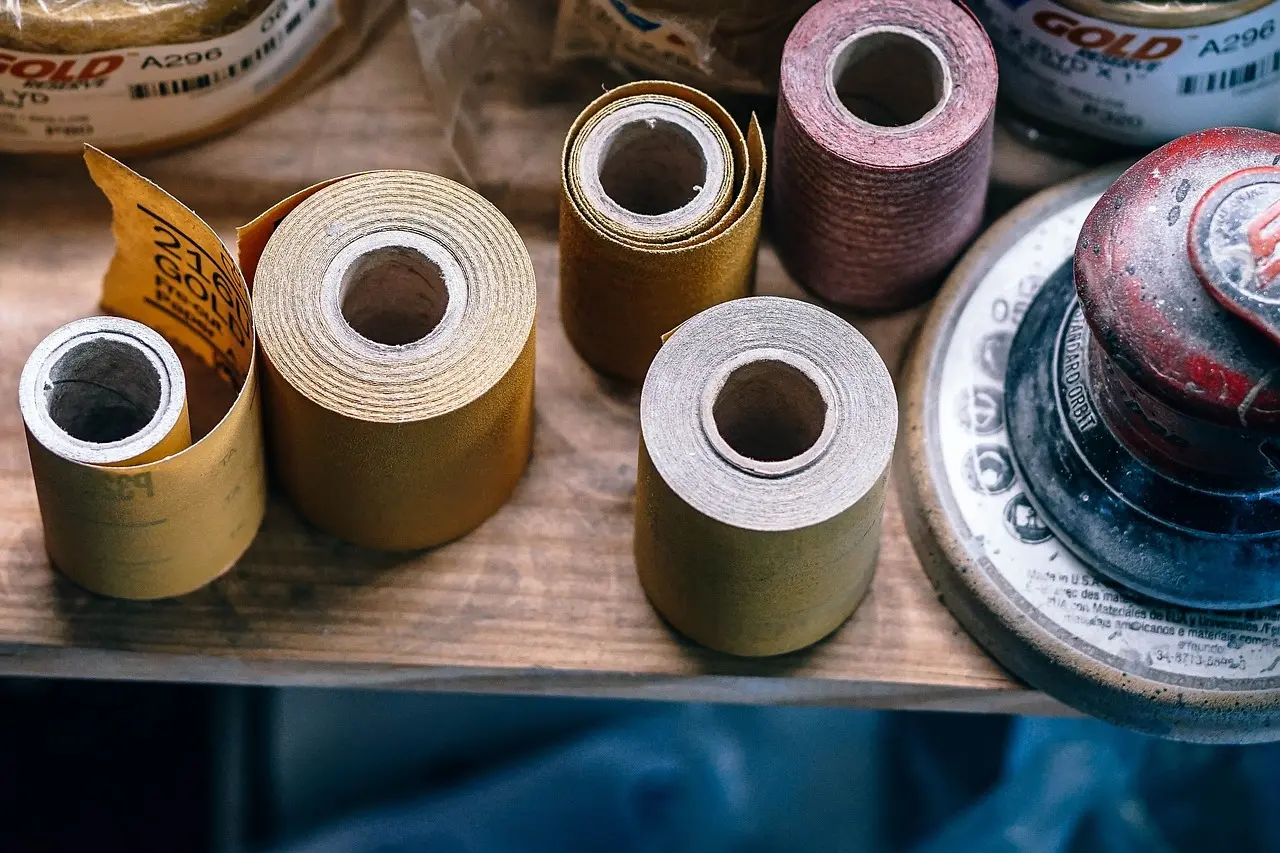Introduction
Acetate cloth tape is a high-performance electrical insulation tape widely used in electronic and electrical applications. It offers superior conformability, high dielectric strength, and excellent resistance to heat, making it ideal for use in transformers, coils, and motors. This article provides an in-depth guide on how to use acetate cloth tape for electrical insulation, detailing its features, applications, and best practices.
Properties of Acetate Cloth Tape
Acetate cloth tape possesses unique characteristics that make it a preferred choice for electrical insulation:
- Dielectric Strength: With a dielectric breakdown of 2KV, acetate cloth tape provides effective insulation, preventing electrical arcing and short circuits.
- High Adhesion: The tape offers strong bonding to various surfaces, ensuring stable and long-lasting insulation.
- Temperature Resistance: It can withstand temperatures up to 130℃, making it suitable for high-temperature environments.
- Flame Retardancy: UL510 certification ensures the tape meets flame retardant requirements, enhancing safety in electrical applications.
- Conformability: The flexible cloth backing allows easy wrapping around wires, coils, and irregularly shaped components.
- Compatibility with Resins and Varnishes: The tape absorbs resins and varnishes well, making it an excellent choice for reinforcing insulation layers.

Applications of Acetate Cloth Tape in Electrical Insulation
Acetate cloth tape is used across various industries due to its superior insulation properties. Below are some key applications:
1. Fixing and Wrapping Electrical Components
Acetate cloth tape is commonly used to fix and wrap electronic components such as capacitors, resistors, and circuit boards. It provides insulation and mechanical support, reducing the risk of component displacement or damage due to vibrations.
2. Coil and Transformer Insulation
In transformers and inductors, acetate cloth tape is used for insulating and securing winding layers. Its ability to conform around coils ensures reliable electrical insulation while preventing wire movement.
3. Motor Insulation and Protection
Motors operate under high temperatures and electrical stresses. Acetate cloth tape is used for insulating motor windings and terminals, protecting them from environmental and mechanical damage.
4. Wire Harness Bundling and Protection
Acetate cloth tape is ideal for bundling and protecting wire harnesses in electrical systems. It provides additional mechanical strength and insulation, reducing the risk of short circuits and wire abrasion.
5. Sealing and Splicing in Electrical Applications
This tape is also used for sealing electrical connections and splicing wires, ensuring a secure and insulated joint that withstands temperature variations and mechanical stress.
Acetate Cloth Tape
1.Acetate Cloth Tape
2.Acetate cloth tape offers excellent conformability and electrical insulation, with an dielectric breakdown of 2KV.
3.High adhesion with excellent insulating properties, can resist temperature up to 130℃
4.UL510 certified (flame retardant)
5.Available in 2 colors (black, white)
6.Applicable for fixing, insulating, wrapping in transformers, coils, motors, etc.
Click for details
Step-by-Step Guide to Using Acetate Cloth Tape for Electrical Insulation
To maximize the benefits of acetate cloth tape, it is essential to follow proper application techniques. Here is a step-by-step guide:
Step 1: Surface Preparation
Ensure the surface where the tape will be applied is clean, dry, and free from dust, grease, and moisture. Contaminants can reduce adhesion and compromise insulation effectiveness.
Step 2: Cutting the Tape
Use scissors or a sharp cutting tool to cut the desired length of acetate cloth tape. Ensure clean cuts to prevent frayed edges that may impact insulation performance.
Step 3: Applying the Tape
- For wire bundling, start wrapping the tape at an angle to overlap each turn by approximately half its width.
- For coil insulation, apply the tape smoothly around the windings, ensuring even coverage without gaps.
- For component fixing, firmly press the tape onto the surface, ensuring strong adhesion.
Step 4: Pressing and Securing the Tape
After application, press down firmly to ensure proper adhesion and insulation. Smooth out any wrinkles or bubbles to achieve a uniform and secure application.
Step 5: Testing and Inspection
Once applied, inspect the insulation to ensure there are no exposed areas. If necessary, apply additional layers for enhanced protection.

Best Practices for Using Acetate Cloth Tape
To ensure optimal performance, consider the following best practices:
- Choose the Right Tape Color: Black and white variants are available; select based on visibility and environmental conditions.
- Avoid Overstretching: Excessive stretching may weaken adhesion and insulation effectiveness.
- Use in a Controlled Environment: Apply the tape in a clean, dry, and dust-free environment to prevent contamination.
- Consider Multi-Layer Insulation: For high-voltage applications, multiple layers of tape may be required to achieve adequate insulation.
- Store Properly: Keep the tape in a cool, dry place away from direct sunlight and humidity to maintain its adhesive properties.
Conclusion
Acetate cloth tape is an essential component in electrical insulation, providing excellent dielectric strength, high adhesion, and temperature resistance. Whether used for wire harnessing, coil insulation, or component fixing, proper application techniques ensure effective and long-lasting insulation. By following best practices and the step-by-step guide provided, users can maximize the benefits of acetate cloth tape in their electrical projects.

Products
Rich variety of adhesive tape


I am regular reader, hhow are you everybody? This article posted at this
web pagfe is genuinely nice.